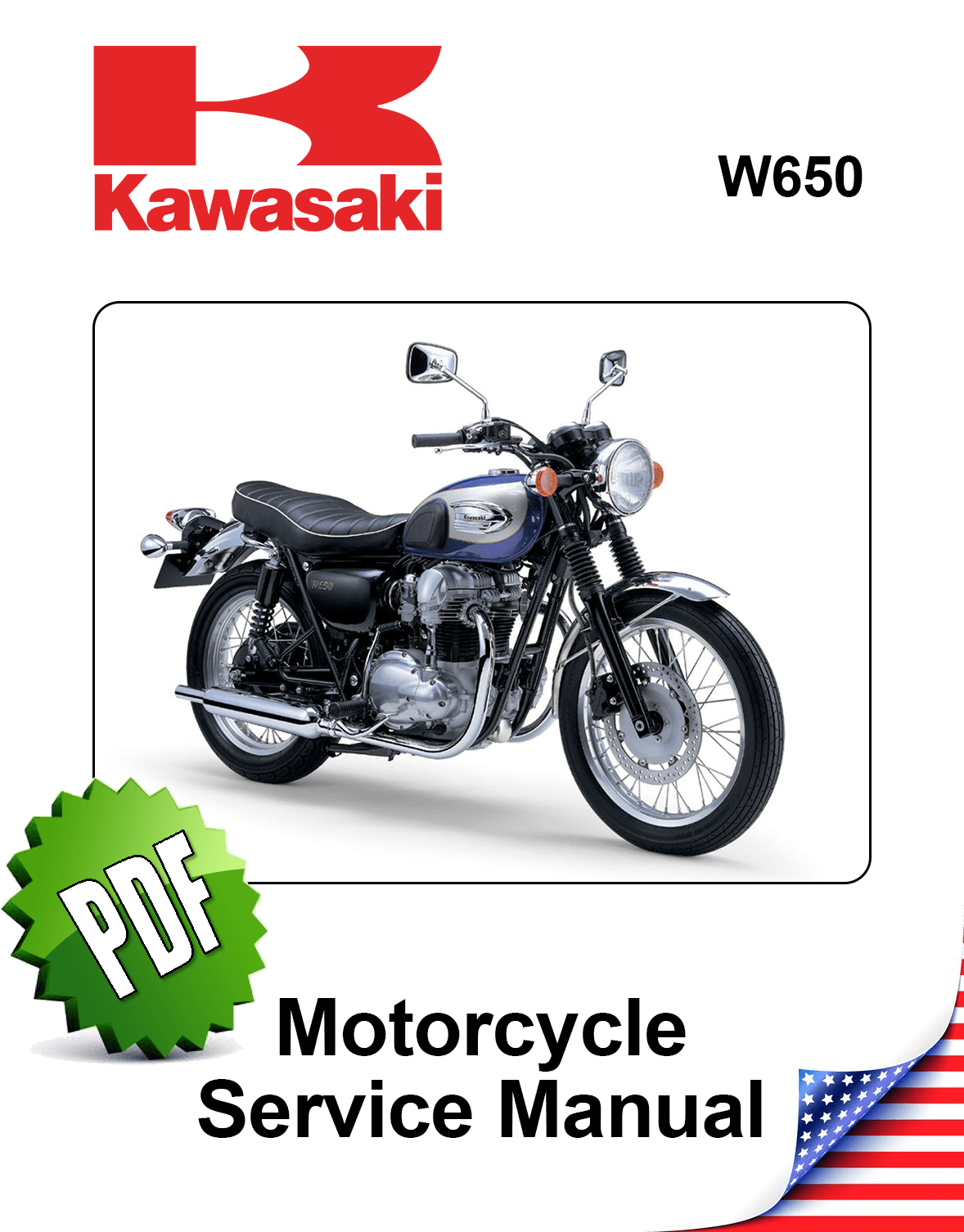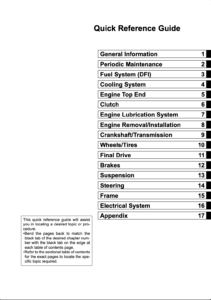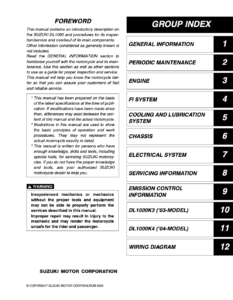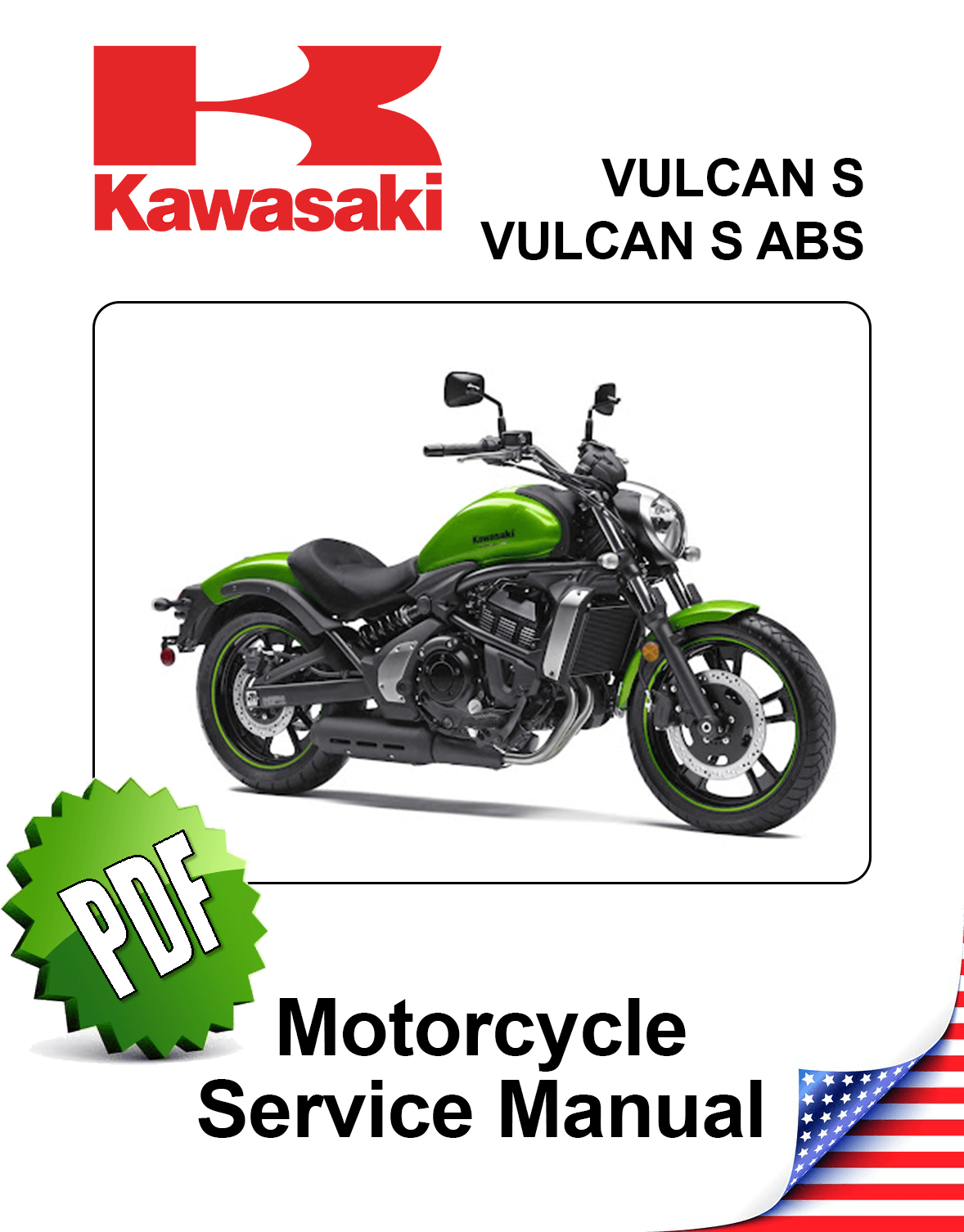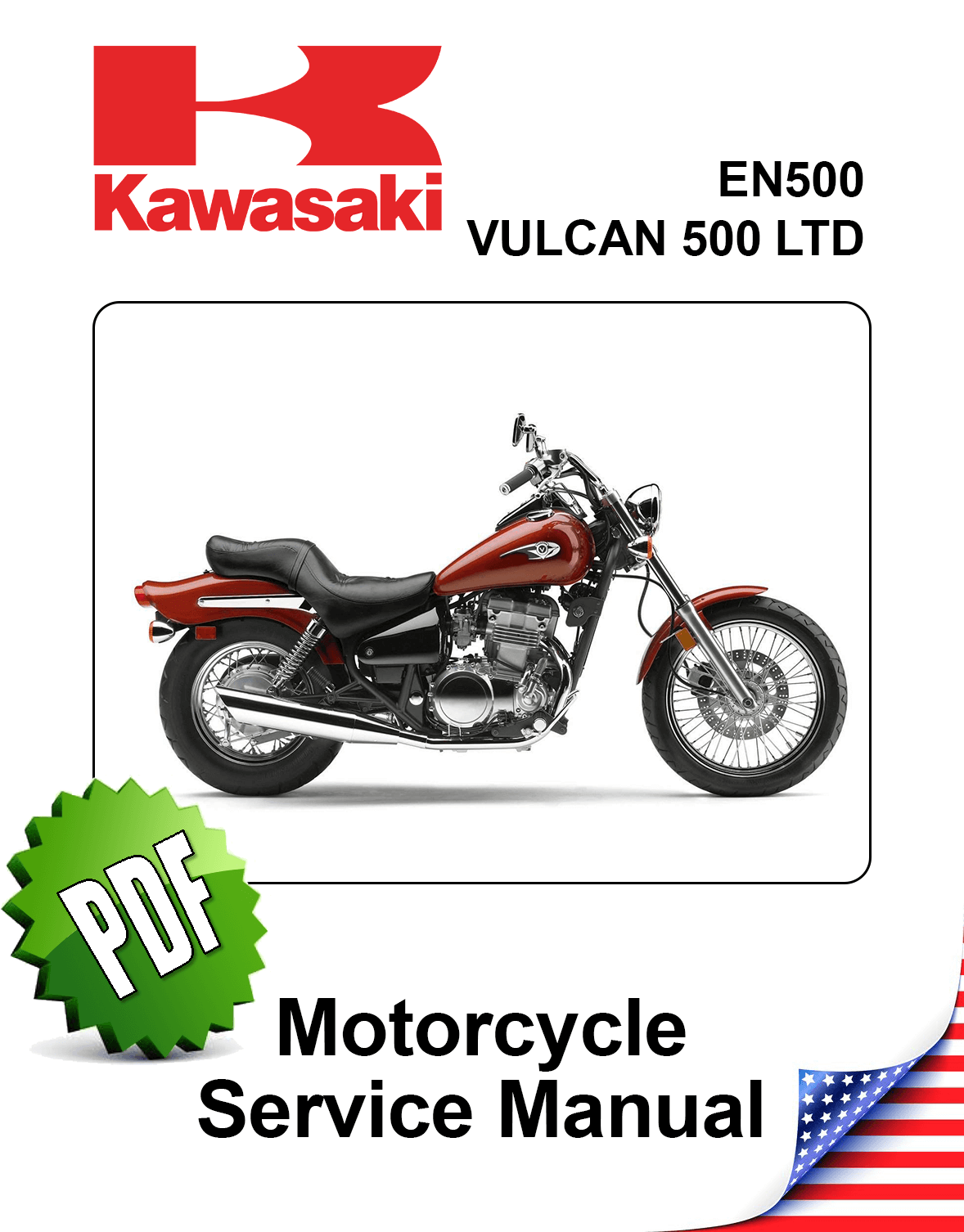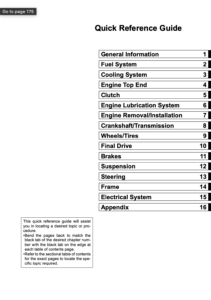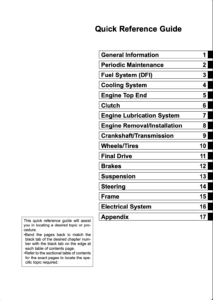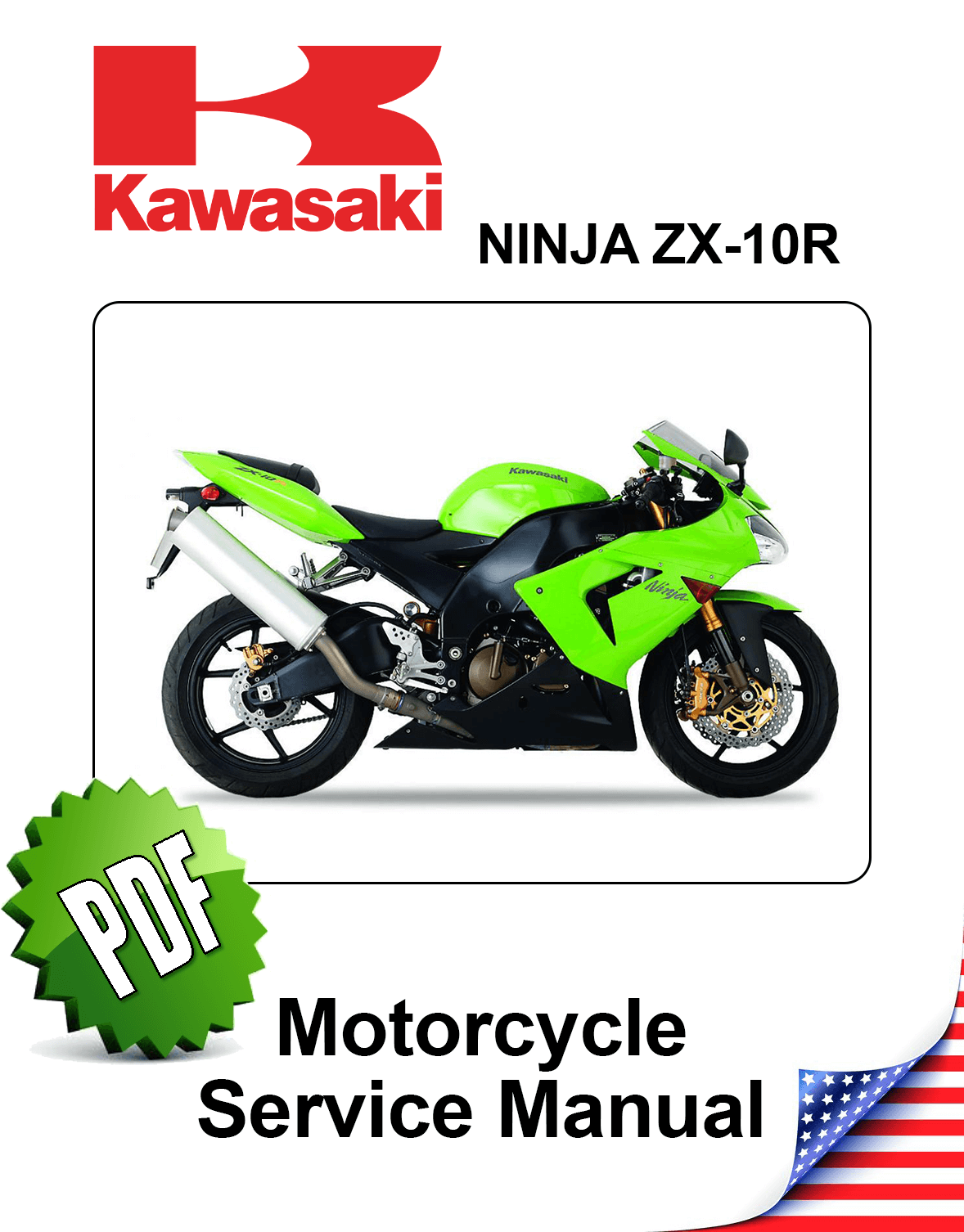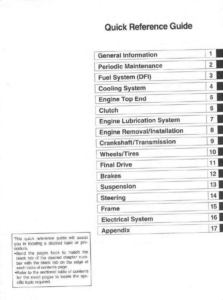Complete PDF version of the Service Manual for the Kawasaki KL250G. A MUST for every Super Sherpa owner.
Download: Immediately after payment!
OEM Original factory workshop manual.
Models covered by this manual: 1997 to 2010
Number of pages: 324 pages
Table of contents:
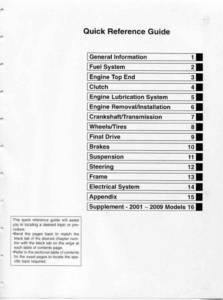
This PDF repair manual can be downloaded right after the payment process in complete, on the device of your choice.
We do not offer printed manuals, for the following reasons:
- it is more eco-friendly to use a digital version
- your manual never gets dirty or greasy
- you can always choose to print the specific page(s) you need to work on your bike
- you receive your manual immediately after payment
- it is searchable
Kawasaki KL250G Super Sherpa
The Kawasaki Super Sherpa (KL250G in the United States, KL250H in Japan, Canada, Australia, Greece, and the United Kingdom) is a Kawasaki dual-sport motorcycle. The engine is a 249 cc DOHC four-valve air/oil cooled four-stroke single-cylinder.
From 1997 until the present, it has been available in Japan, and it was distributed in the United States from 1999 to 2003. Production and sales continued in Japan and other regions, and Kawasaki recently announced that the Super Sherpa will be available in the United States again in 2009. The new model is largely the same as the old model.
Source: Wikipedia



